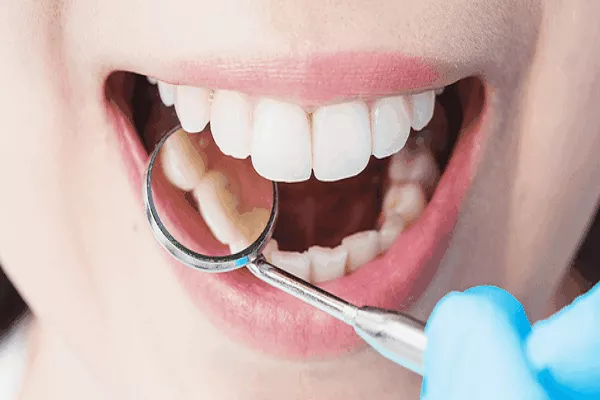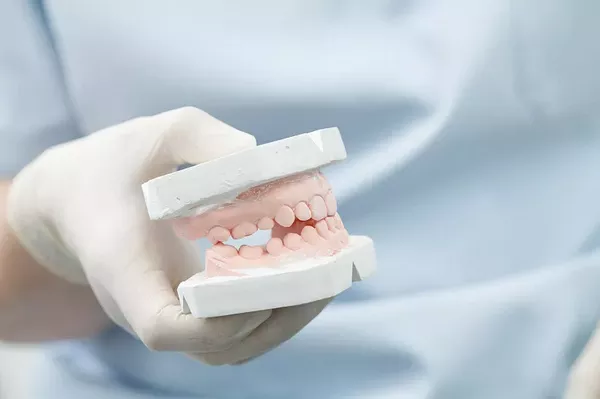A bright, white smile is often associated with good oral health and aesthetics, and many people seek ways to enhance the whiteness of their teeth. Tooth whitening strips have gained popularity as an accessible and cost-effective method for achieving a brighter smile. But do tooth strips really whiten teeth effectively and safely? In this article, we will explore the science behind tooth whitening strips, their efficacy, potential side effects, and tips for achieving a whiter smile.
Understanding Tooth Whitening Strips
Tooth whitening strips are thin, flexible strips coated with a whitening gel that contains peroxide-based bleaching agents. They are designed to be applied directly to the surface of the teeth for a specified period, usually once or twice a day for a few weeks. The active ingredients in the gel penetrate the tooth enamel and break down stains and discoloration, resulting in a brighter smile.
Do Tooth Strips Really Whiten Teeth?
Tooth whitening strips can be effective at whitening teeth to some extent, but the degree of effectiveness can vary depending on several factors:
Stain Type: Tooth strips are most effective at removing surface stains caused by factors like coffee, tea, red wine, and tobacco. Deeper, intrinsic stains caused by factors like age, genetics, or certain medications may not respond as well to tooth strips.
Concentration of Whitening Agent: The concentration of the whitening agent (usually hydrogen peroxide or carbamide peroxide) in the gel affects the whitening results. Strips with higher concentrations typically provide more noticeable results.
Consistency: Consistency in using the strips as directed is crucial for achieving the desired whitening effect. Skipping applications or not following the recommended treatment duration can lead to less effective results.
Initial Tooth Color: The natural color of your teeth also plays a role. Individuals with teeth that are already relatively white may see more dramatic results compared to those with darker or more deeply stained teeth.
Duration of Use: The duration of treatment with tooth whitening strips varies depending on the product. Some are designed for shorter-term use, while others offer more extended treatment periods. Longer treatment times often lead to more significant results.
Potential Side Effects
While tooth whitening strips can be effective, they may also have side effects, including:
Tooth Sensitivity: Increased tooth sensitivity is a common side effect of tooth whitening. This sensitivity typically subsides after treatment, but it can be uncomfortable during the whitening process.
Gum Irritation: The bleaching agents in the gel can sometimes irritate the gums, leading to discomfort or even mild inflammation. Ensuring proper placement of the strips can help minimize this issue.
Uneven Whitening: Tooth strips may not whiten teeth evenly, especially if they are not applied correctly or if there are irregularities in tooth color to begin with.
Overuse: Using tooth whitening strips more frequently or for longer durations than recommended can increase the risk of side effects without necessarily improving results.
Tips for Safe and Effective Use
To maximize the effectiveness of tooth whitening strips while minimizing potential side effects, consider the following tips:
Consult Your Dentist: Before starting any tooth whitening treatment, it’s a good idea to consult your dentist. They can assess the condition of your teeth and recommend the most suitable whitening option for you.
Follow Instructions: Carefully follow the instructions provided with the tooth strips, including application times and frequency. Overuse can lead to sensitivity and other issues.
Manage Sensitivity: If you experience tooth sensitivity, consider using a toothpaste designed for sensitive teeth or products that contain potassium nitrate to alleviate discomfort.
Protect Gums: Be cautious when applying the strips to avoid contact with your gums. Trimming the strips to fit your teeth precisely can help minimize gum irritation.
Maintain Good Oral Hygiene: Continue to practice good oral hygiene by brushing and flossing regularly to remove plaque and maintain your newly whitened smile.
Limit Stain-Causing Foods: To maintain your whitened teeth, reduce consumption of stain-causing foods and beverages like coffee, tea, red wine, and tobacco.
Conclusion
Tooth whitening strips can be an effective and convenient way to achieve a whiter smile by reducing surface stains on your teeth. However, their effectiveness may vary based on factors like the type of stains, concentration of whitening agents, and consistency of use. While tooth strips can provide noticeable results, they are not a one-size-fits-all solution, and their use should be approached with caution.
If you have concerns about tooth whitening or experience significant sensitivity or discomfort while using tooth strips, it’s essential to consult with your dentist. They can provide guidance on the best whitening options for your specific needs and ensure that your journey to a brighter smile is both safe and effective. Remember that maintaining good oral hygiene and being mindful of staining habits are key to preserving your newly whitened teeth.
Related Topics:































